We Are Not Alone
12/29/22 – A reality check on a question that should never have been asked
Hello everyone:
I hope the new year brings you all the peace, joy, and rest you seek, and brings us all some real progress toward an ecologically rational civilization. I’m looking forward to another year of bringing the Field Guide to you, in hopes of deepening and widening the conversation about the fate of the Earth.
As always, please remember to scroll past the end of the essay to read some curated Anthropocene news.
Now on to this week’s writing:
‘Tis the holiday season, and it’s a social time for those who have people to gather with. Which means that it's a good time to check in with neighbors, friends, and family who are alone or who have recently lost someone. You’ll both be glad you did.
It’s also a good time to talk about a false perception of aloneness that haunts this human era.
Here in the north country’s depth of winter darkness, the tidings of holiday gladness are bright spots within a long period of hunkering down through the long nights. Outside and above ground, a skeleton crew of birds and mammals haunt the ecology of slant-lit forests, while below ground life burrows, sleeps, nibbles, and waits.
I remember with fondness a marvelous afternoon many winters ago when Heather and I watched a young barred owl swoop down on a mouse or vole in the field by our house and take it back to her sunlit perch in the apple tree. The owl swallowed the carcass whole and then, with her belly full, struggled to remain awake. We watched, delighted, as her eyes fluttered and eventually closed and she slept, her feathers fluffed out to capture and keep the warmth of a pale December sun.
But often from within our warm rooms we look outside and wonder whether the landscape looks beautiful or lonely. Bundling up and walking through the cold world, though, reminds us that this is a false distinction. The other-than-human world is always pulsing with life, even under the ice and snow. (For a look at all the beautiful and active life under the ice of a small pond in Acadia National Park, check out this fascinating photo-essay.)
The Sun’s energy is contained in samara and lichen, woodpecker and hare, fern and mussel and thrip. Everything is alive, always, even in death. Life is defined not by form or heat but by flow and relationship. Everything is connected, and energy can neither be created nor destroyed. It seems to me that for naturalists, as for mystics, time and space should seem less units of measure than threads in the fabric.
I have long thought that the most lunatic question in this era of ecological erasure is “Are we alone in the universe?” We are meant, I know, to hear intellectual nobility in the question as it demonstrates the human mind questing upward from its animal roots toward the eternal sky. Surely, with god-like qualities of our own, our place is up there, right? Our photographs of the Earth from orbit, or from the Moon, show the distance we have already traveled toward the next interstellar phase of human evolution, right?
Nope.
Not to say that wealthy nations won’t continue to push these real and imagined trajectories, but if we don’t tend to the Earth then we’ll never have a meaningful relationship with the sky. The planetary boundaries we’ve already crossed – from climate to chemical pollution to habitat loss – will, if neglected, limit our ability to do much more than fiddle on Mars while Rome burns.
I don’t mean that Are we alone? is merely foolish or senseless. I mean that it is irrational and harmful. One glimpse at the blue-green globe in the blackness of space, or for that matter one glance out a sunlit window, tells a rational, mindful soul that it is not alone.
You are not alone. We are not alone.
Step outside and breathe among the forests, fields, mountains, or dunes as life ripples in the breeze. We have always been embraced by the living community, and still are, even as we spend our days inside insulated boxes built from its consumption. Through relationships born of food, drink, shelter, trade, and energy, we are woven into the global landscape, just as microbes and their needs are woven into us.
More to the point, we are surrounded by innumerable intelligences, all of which deserve our respect and study, and none of which we yet fully understand. We are, in many ways, aliens on our own planet.
The Principe scops-owl, whose picture graces the top of this page, is a critically endangered neighbor on an island nation off the west coast of Africa. Locals have known about it forever, but scientists have only now identified it. The owl’s small population may disappear in a few decades, but that’s not really a surprise. A recent estimate reports that 10% of Earth’s plant and animal species may not survive the century.
That’s the trajectory that every scientist and engineer at NASA should be seeking to correct.
To be clear, not many people in the Anthropocene are asking Are we alone? There are 2 or 3 billion asking “Are we going to eat tonight?” And most of the rest are focused on life, love, soccer, and death. Maybe the simplest way to say all this is that most of the people asking the question are living in the wealthy societies most responsible for the Anthropocene. Not coincidentally, I think, these are the societies most plagued by widespread loneliness.
As I thought about writing this essay, it occurred to me that maybe I was exaggerating the issue. Maybe the question was a 20th century straw man I was clinging to so that I could make an easy point. So, I Googled it. Up popped, among others, a two-week-old Big Think article written by an astrophysicist and science communicator, with this opening sentence:
Despite all we’ve learned about ourselves and the physical reality that we all inhabit, the giant question of whether we’re alone in the Universe remains unanswered.
And a Scientific American article from this past August:
Astronomers estimate that there are some 100 billion to 200 billion galaxies in the universe—averaging 100 million stars apiece. The number of exoplanets out there is mind-boggling, each a potential cradle for life. Given the math, it seems impossible that we humans would be the only living things in the cosmos.
I added a bold emphasis to the last sentence to make clear its lunacy. The writer’s bizarre blindness to the community of life is stunning, not least because they had written an interesting article on nocturnal sea creatures just two months earlier.
No doubt both these writers love animals. I imagine that each has a dog waiting patiently at the door to go for a walk in the park as soon as the next human-centered article is written… Yet I cannot say this plainly enough: the basic reality of life on Earth, of the community of life and our place within it, doesn’t exist in these articles.
That missing reality plagues all of us, of course. On any given day we can be caught obsessing on the human world without any reference to our deep ecological relationship with the natural world. To a degree that’s fine: hyenas are obsessed with hyenas and trees are obsessed with trees. But hyenas and trees live in obvious relationship with the world that most of us barely acknowledge or rarely see in all its (fragmented) glory.
Two forces at play here are the myth of human supremacy and the illusion of a special human intelligence. These each deserve multiple essays, so I’ll just say this: It feels almost impossible for me or you or anyone else to live an ordinary human life in the Anthropocene fully conscious of the fact that we are neither better nor smarter than other species.
Sure, we can readily admit it while watching videos of intelligent animals or acknowledging the half-witted shortsightedness of our environmental destruction, but we spend nearly all our days – and lives – participating in a civilization built on myths and illusions about our place in the order of things.
As I’ve noted before, if there’s something that actually separates our intelligence from that of other species, perhaps it’s our capacity a) to re-imagine the world for our purposes and b) to be blind to the consequences.
Like all bad thinking, the Are we alone? question creates or exacerbates the problem it worries about. Should we doubt that this vision of us as alone in the universe is directly related to the accelerating extinction rate for our fellow species? As various saints and soldiers in the fight to conserve and recover biodiversity keep pointing out, we cannot save what we do not see or love.
And the longer this lunatic question defines our sense of self (a lonely intellect devouring its inanimate planet as it searches longingly for other intelligences in the galaxy), the more damage we will inflict on life. As the climate and biodiversity crises deepen, we see the consequences of our false self-image. And as extinctions accelerate, we risk the irony of becoming truly alone.
Worse, we are making millions of species increasingly lonely as we decimate their ecosystems and populations.
There’s an old truism about ideas – “every theory is an autobiography of the theorist” – that I picked up somewhere, and which seems particularly true here. Ecological damage in the Anthropocene is the direct result of the absurd notion of human supremacy and the blind assertion that human intelligence is somehow superior to that of oaks, slime molds, grizzlies, or any other species. There’s no rational way to judge such things, since life isn’t a contest.
Or, actually, maybe there are two assessments that matter: balance and longevity. This current iteration of humanity seems liable to fail the second because we’re currently failing the first. No other species is foolish enough to systematically contaminate and destroy its habitat, because they’ve evolved over the long haul to live within the immutable laws of life.
It’s important for me to point out that there is a way of asking the question that makes perfect sense. We only need to reinterpret the “we” in Are we alone? to mean all of us here on Earth. In other words, “Is this the only place in the galaxy/universe that sustains life?” Just because the eiders and elms and humpbacks aren’t asking the question doesn’t mean they aren’t side-by-side with us as we look up and wonder. They’re living their lives and we’re living ours. Together.
They are not alone. We are not alone.
For a bit more of my writing on this, you can check out an essay from last year titled “Neither Alone Nor Unacknowledged.” It begins with a discussion of “species loneliness” and weaves thoughts from Ralph Waldo Emerson, Robert Macfarlane, Robin Wall Kimmerer, Richard Louv, and much more. Here’s a sample from the essay that makes a nice conclusion for this week’s writing:
Life in the Anthropocene is not enough because our individual health and societal health depend entirely on a healthy planet. It’s not enough because our evolution dictates that we live in a vibrant community rather than an industrial food chain. It’s not enough because we feel – we know – that it’s not enough.
So what do we do? We de-escalate our destruction, we reprioritize the meaning of our lives to include nonhuman lives, we slowly and responsibly reduce our population, we replant forests and grasslands, we rebuild wetlands, we cite the science, we make art that incentivizes all of the above, and we get ourselves and others outside to pick up and mend the threads of the tapestry that still surrounds us. (Louv notes that some physicians, especially pediatricians and psychologists, are writing “nature prescriptions” for their patients.) We learn the names of our nonhuman neighbors and, as Kimmerer suggests, we get in the habit of calling out to them in meaningful ways.
In doing all of these things, we must remember that we are neither alone nor unacknowledged. Case in point: As my mother and I sat outside talking recently, she raised her finger to make a point and a mourning cloak butterfly landed on it.
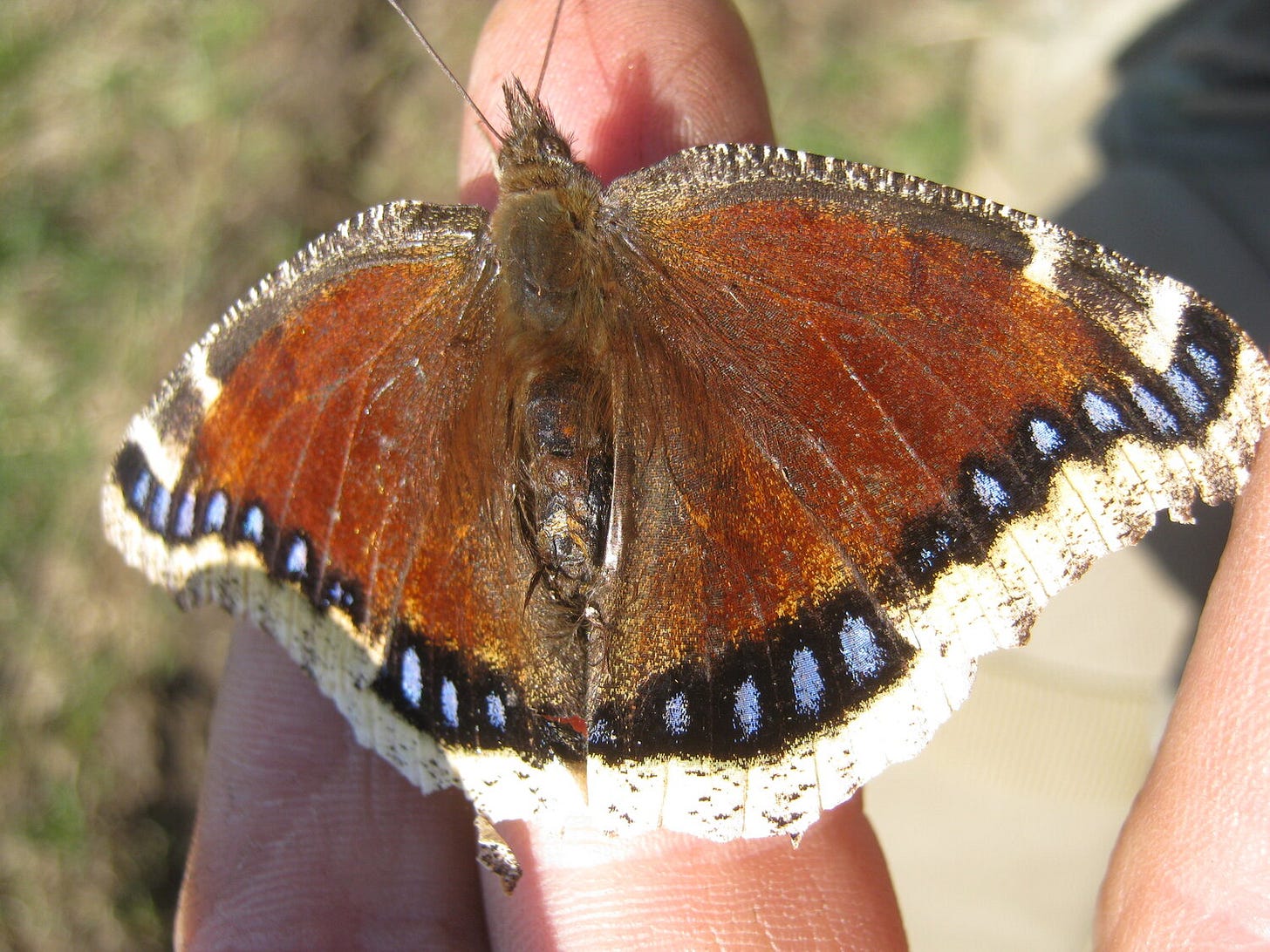
Thanks for sticking with me.
In other Anthropocene news:
From the Wildlife Society, some bad news for plants and animals (including us) on the U.S. legislative front: At the last minute, RAWA (the Recovering America’s Wildlife Act) was left out of the end-of-year omnibus funding bill. RAWA would have been a game-changer for American conservation. The disagreement wasn’t over what the bill contained but how it was to be funded. RAWA has strong bipartisan support, and there are hopes it will make its way through the next Congress, despite a chaotic House. For those who missed it, here’s my recent essay on RAWA.
From Chasing Nature (an excellent Substack from naturalist/educator Bryan Pfeiffer), a fine follow-up for those of you who have been interested in the COP 15 agreement. Bryan takes a long view of the historical currents that have led us to the biodiversity crisis and asks whether today’s nations are really up to the task of reversing the losses in such short order.
From the Times, an article on the panel of geologists known as the Anthropocene Working Group, its vote on whether to officially sanction the Anthropocene name for the current epoch, and a good explainer of the whole issue.
Also from the Times, a review of the latest book in beaver-believer literature: Beaverland: How One Weird Rodent Made America.
From Orion, young climate activists keep showing up, despite the difficulty of the fight.
From Mongabay, the wood pellet industry in the U.S. seems to be lying to us about where they get their wood. Climate change science now understands that wood pellets, and wood biomass in general, is not a solution. The old assurance that a new tree growing where the old one was cut makes the fuel carbon-neutral is not particularly true, especially since Earth’s atmosphere cannot afford to wait decades for those new trees to grow and sequester carbon like the old ones did. Worse, cutting down forests for fuel is an unmitigated disaster for biodiversity.


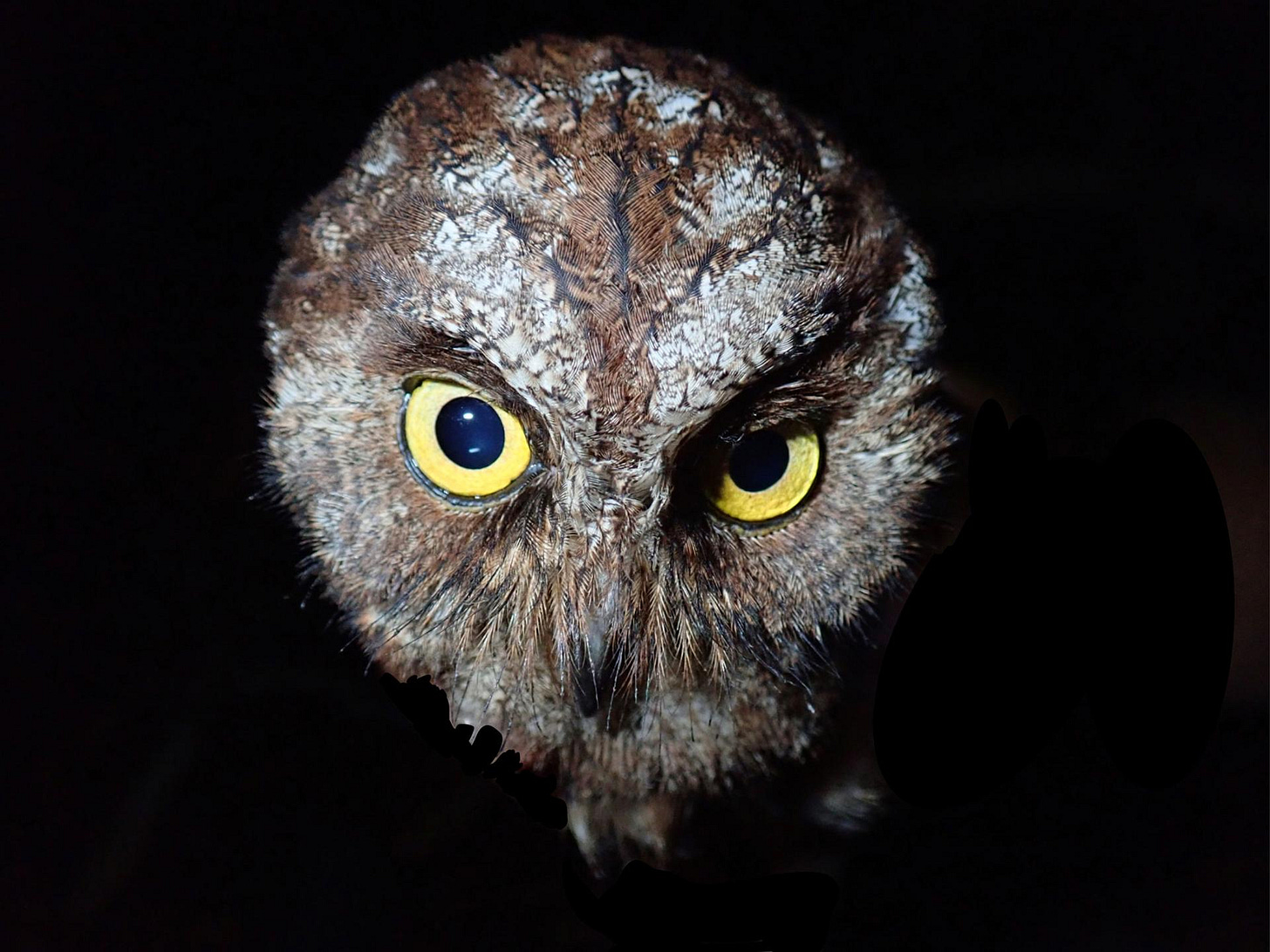

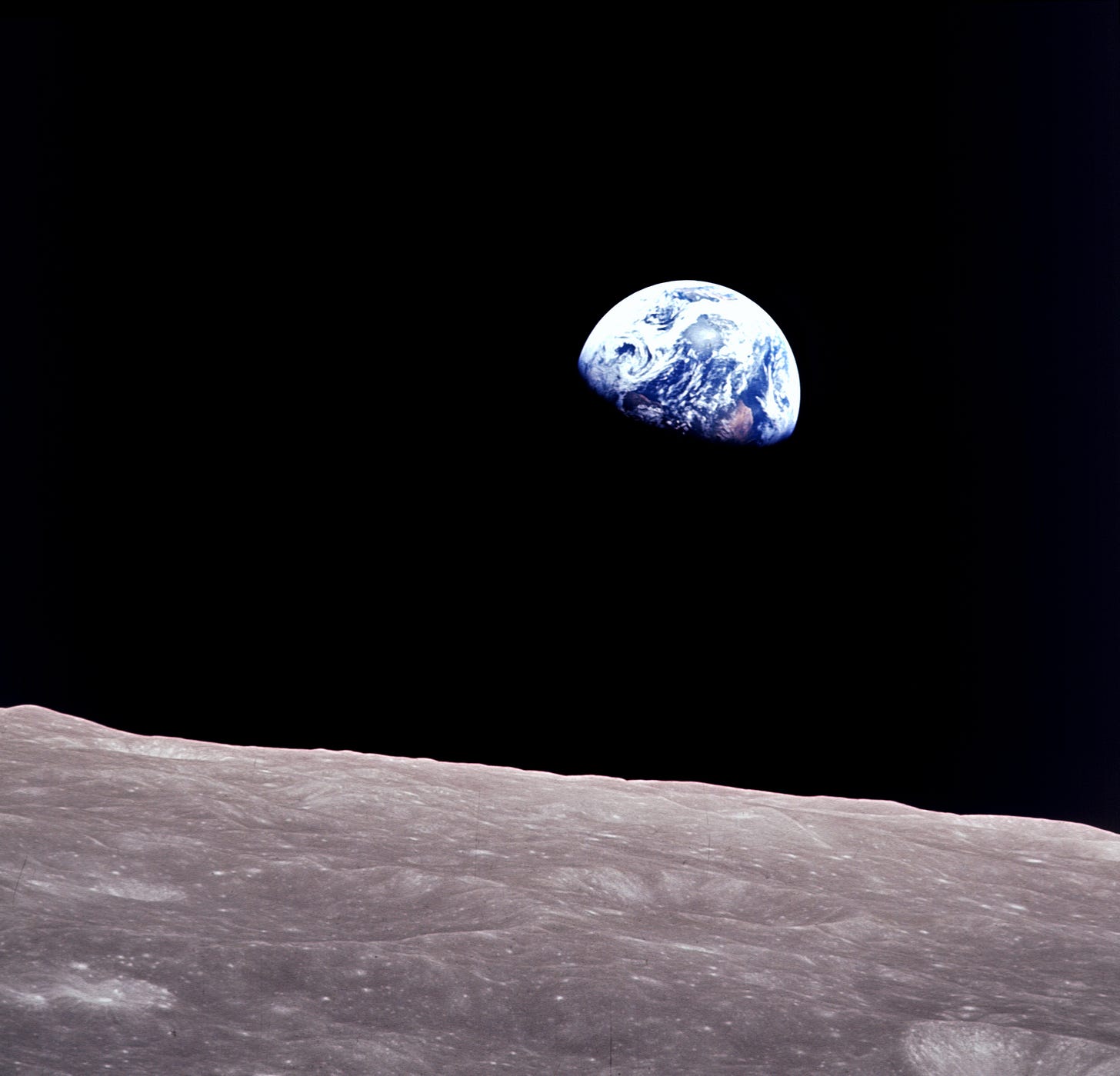
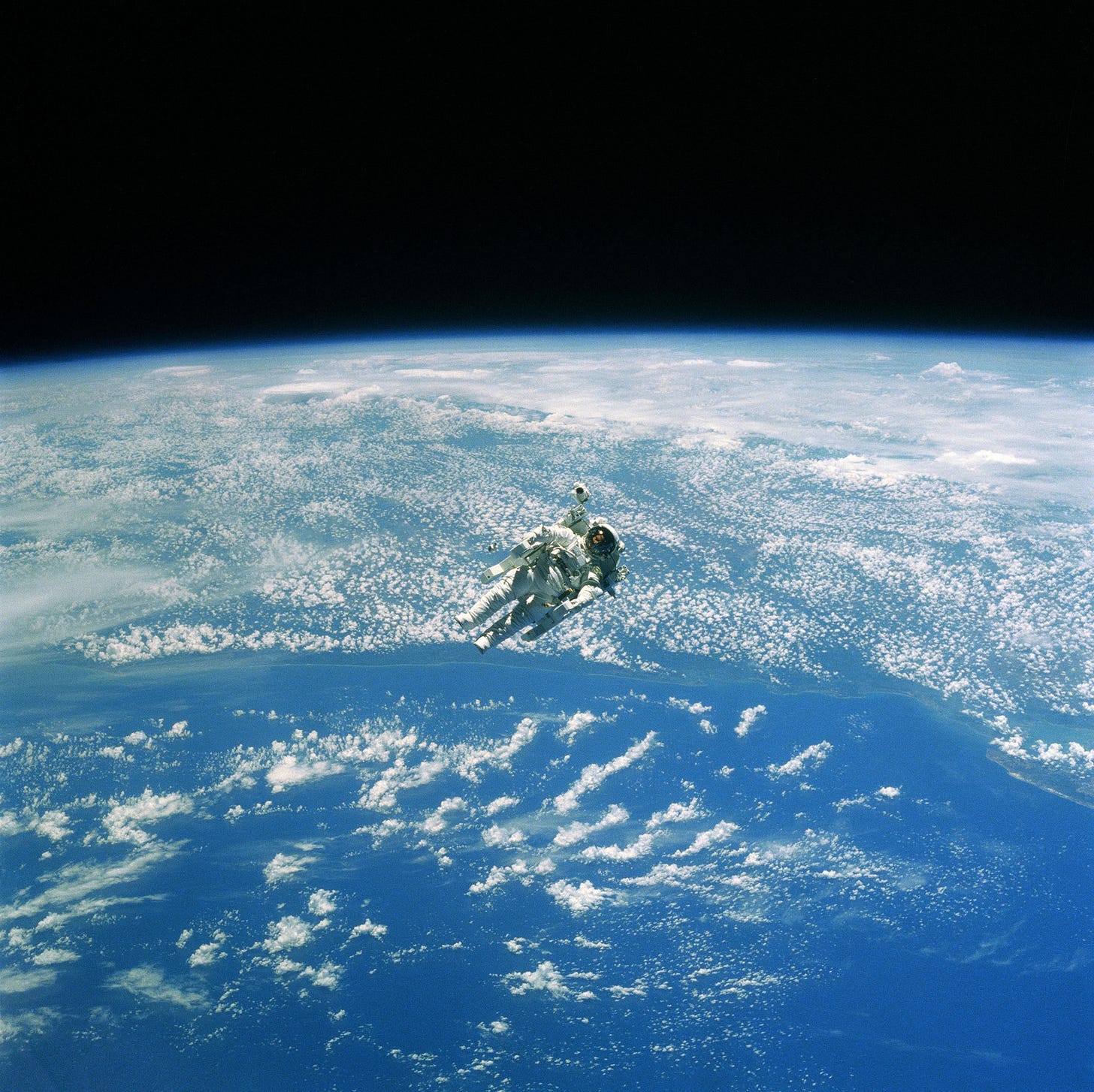
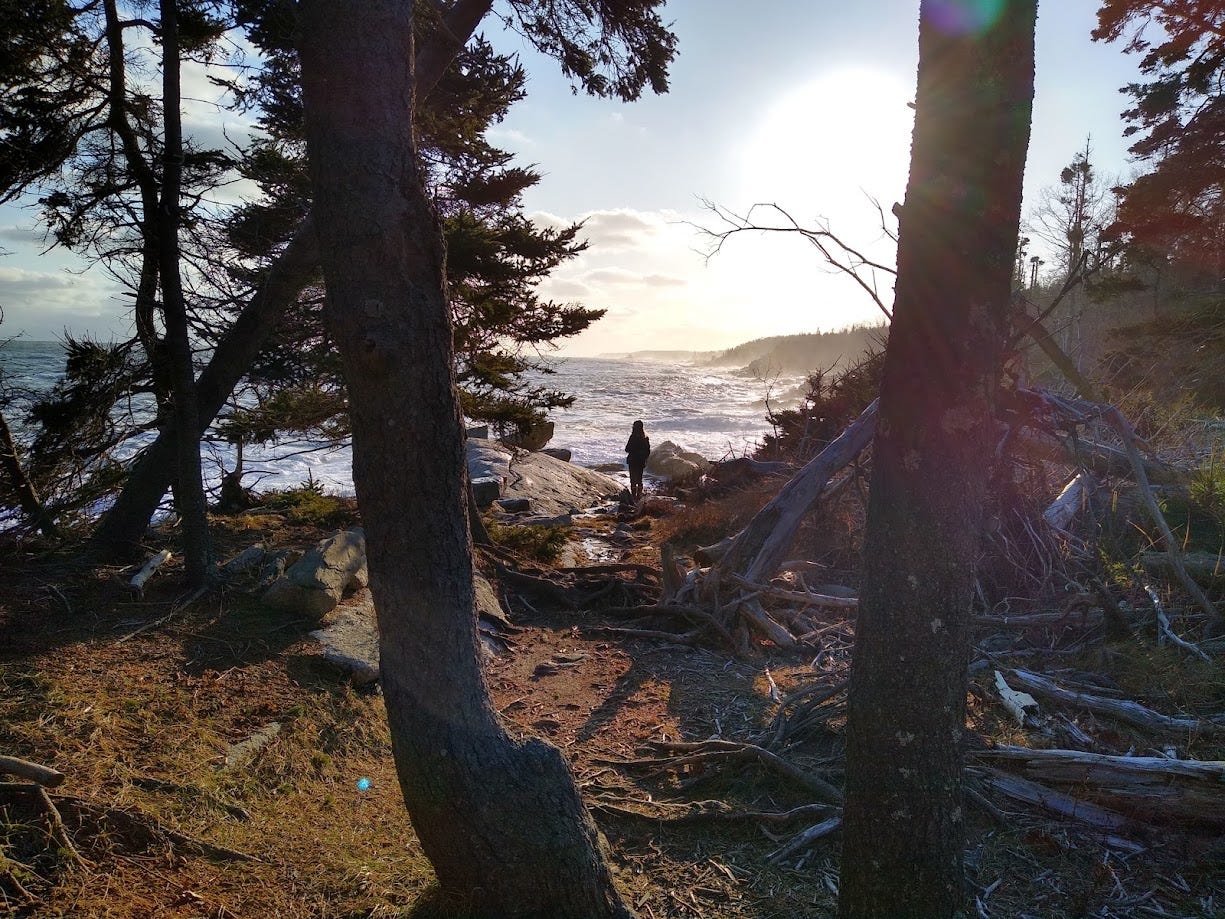

Human belief in aloneness is an acquired sense.
Yes! Bravo Brother! God Bless!